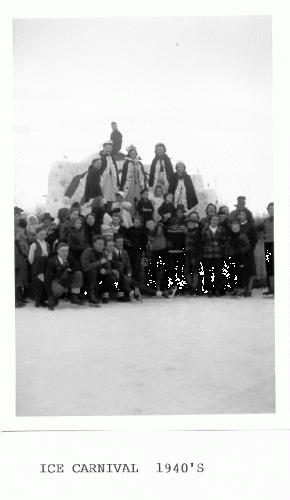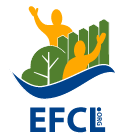Conflict brings growth and increased pressure
Life was looking good for both the city and the EFCL, but then came the Great Depression followed by World War II less than a decade later. The EFCL worked with other agencies to help the city in its relief efforts during the depression, and while many parts of Canada struggled through the war years, Edmonton prospered thanks to its geography and became the central hub for allied military training, aircraft maintenance and repair, and the staging area for the Alaskan Highway build.
Community leagues were and are quick to help their neighbours and during WWII, the sense of social consciousness of both the EFCL and the leagues saw them supporting the war efforts on many levels. With the financial help of the EFCL and its members, the city was able to install air raid sirens and intensify safety measures during the war years; the leagues – as a federation and individually – raised funds in support of, among other things, the Red Cross and providing welcome to those fleeing the war, including the evacuee children from England.
The “intentioned” prosperity also brought more people into the area, and combined with the returning veterans, city expansion was in overdrive. With each new neighbourhood being built, a new community league was formed. Advocacy continued, but this time instead of roads and electricity, the EFCL and the leagues went to work to improve policing, firefighting resources and more infrastructure-development, especially with regards to health and educational needs.
During the post-war years, the leagues continued to expand sport, recreational and educational programming, along with social and cultural activities for their community members. As with everything about community leagues, these programs were all run by volunteers. The goal was to provide their communities with programs that cost little to no money for their members to participate, thereby excluding no one.


While leagues were building better communities through neighbourliness, the EFCL began a project that would focus on a much overlooked part of the populace – the youth of the city, especially the boys. The city’s probation officer at the time, Constable “Doc” McNaughton believed that, “without supervision, some of the boys risked getting into mischief.” McNaughton joined the EFCL and championed the building of the Boysdale Camp, which opened in 1949 and served Edmonton’s youth until 2003.
Another notable city-wide event the EFCL created during this time was the EFCL Talent Show (1952). The talent show continued under the EFCL until 2009. Today, it is known as the Edmonton Youth Talent Show and is produced by the Terwillegar Riverbend Advisory Board with support from the EFCL. By the 1960s, there were 79 community leagues across Edmonton, providing volunteers to run Edmonton’s 52 playschools, maintaining and operating 125 ice rinks, organizing and running 150 fastball and softball teams, 250 hockey teams, plus helped roughly 2,000 children play unorganized inter-league hockey. Not to mention all the other programming leagues offered.
Community leagues had really come into their own as invaluable resources and connectors for community wellness and growth.
